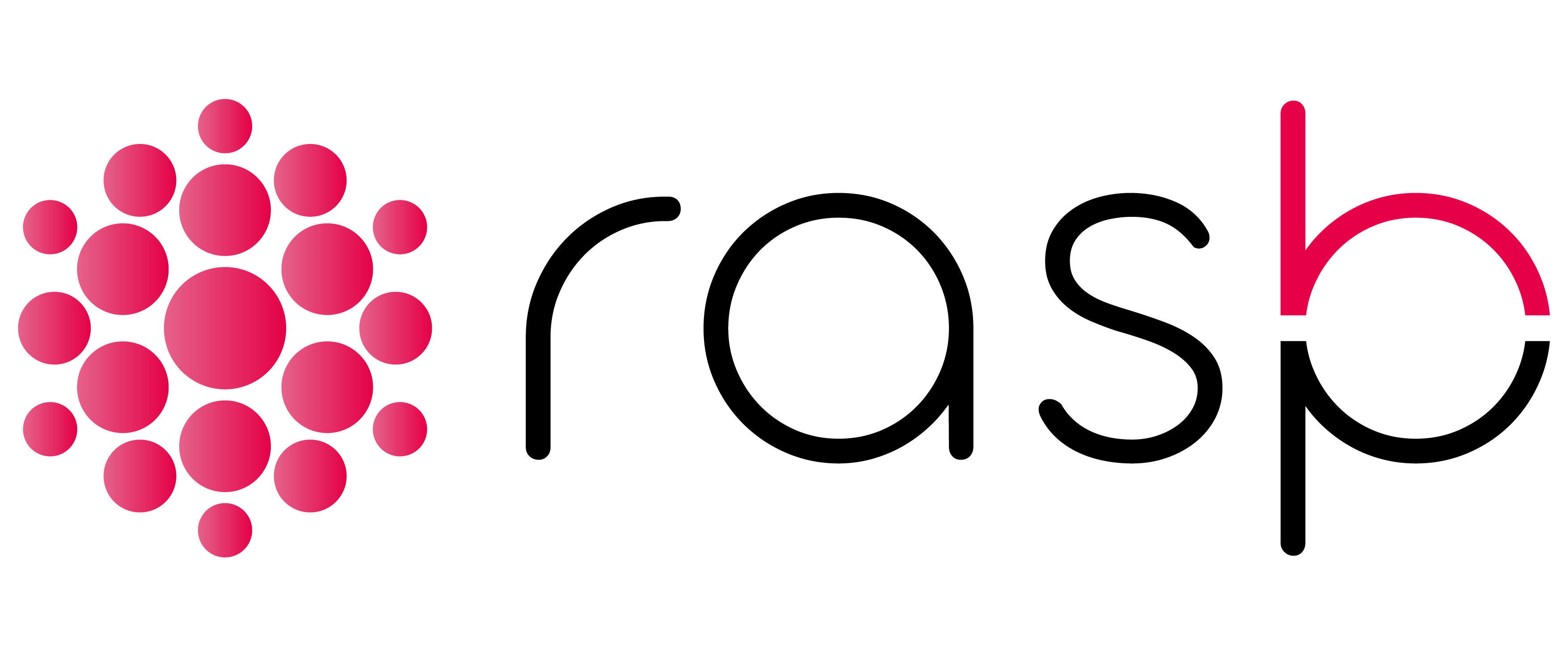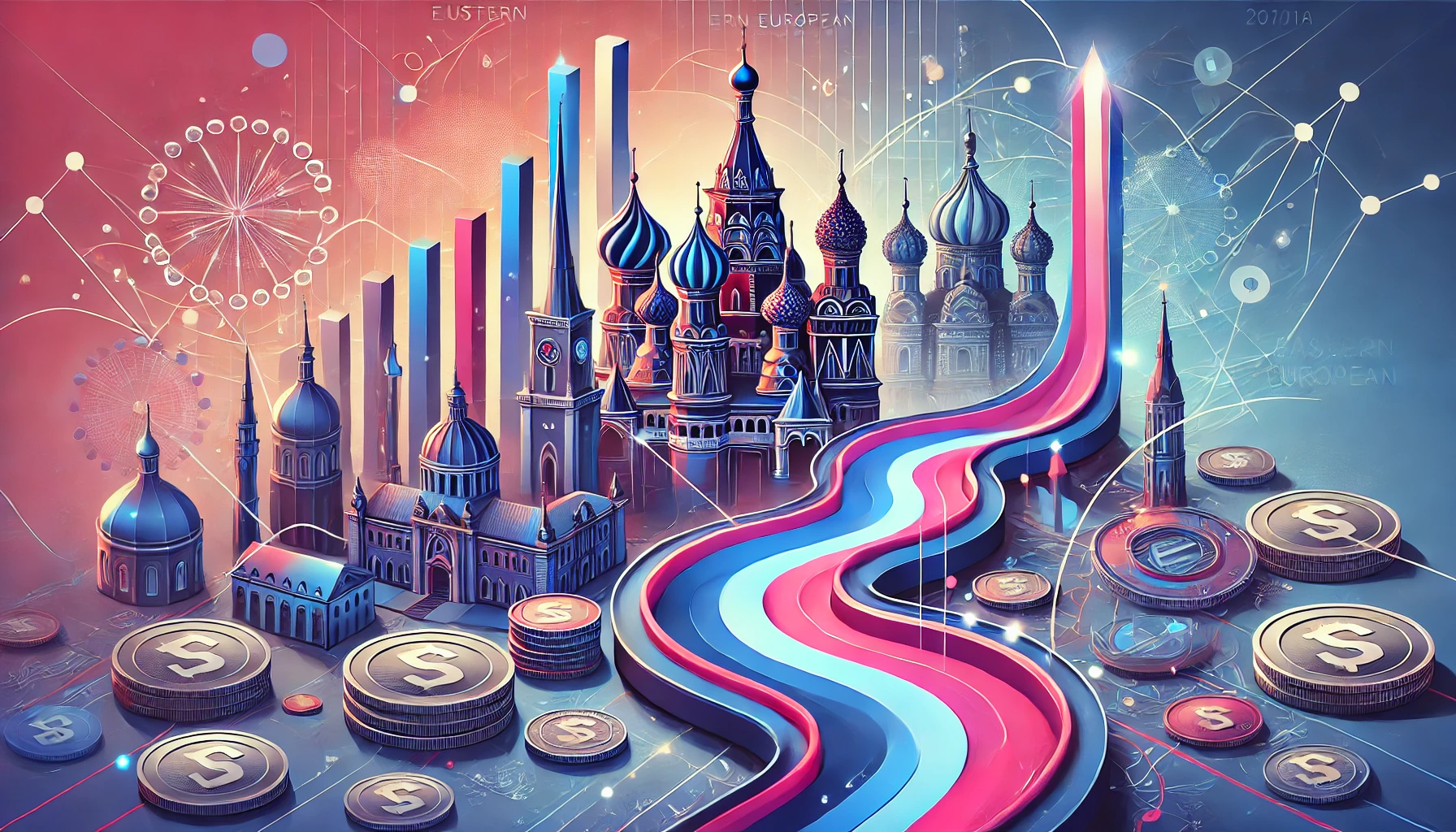ChatEIC Review: Leveraging an AI Writer for EIC Accelerator Success
The EIC Accelerator Challenge: Navigating Europe’s Premier Deep-Tech Funding Overview of EIC Accelerator The European Innovation Council (EIC) Accelerator stands as a cornerstone initiative within the Horizon Europe framework, representing the European Union’s commitment to fostering groundbreaking innovation. Its primary mission is to identify and support high-risk, high-potential small and medium-sized enterprises (SMEs) and startups, with a particular emphasis on those operating within the “deep tech” sector—innovations rooted in significant scientific or engineering challenges. The program aims to bridge the critical funding gap these ventures often face, enabling them to develop and scale up breakthrough products, services, or business models capable of creating new markets or disrupting existing ones on a European and global scale. The financial support offered is substantial, designed to propel companies through demanding growth phases. Funding typically combines non-dilutive grants of up to €2.5 million with equity investments managed through the dedicated EIC Fund, generally ranging from €0.5 million to €15 million. In some cases, particularly under schemes like the Strategic Technologies for Europe Platform (STEP) Scale-up initiative, investments can reach even higher levels, up to €30 million. This “blended finance” approach is a hallmark of the Accelerator, catering to both development and market deployment needs. The EIC Fund itself has become a major player, positioned as Europe’s largest deep-tech investor, often attracting significant co-investment and amplifying the financial impact for beneficiaries. Beyond direct funding, recipients gain access to valuable Business Acceleration Services (BAS), including coaching, mentorship, networking opportunities, and connections to partners and investors. The program targets innovations that have progressed beyond basic research, typically requiring applicants to demonstrate a Technology Readiness Level (TRL) of at least 5 or 6—meaning the technology has been validated or demonstrated in a relevant environment. The funding supports further development through TRL 7 and 8 (system prototype demonstration in operational environment) and scale-up activities towards TRL 9 (system proven in operational environment/market deployment). This focus positions the EIC Accelerator as a crucial catalyst for bridging the gap between late-stage innovation and successful market entry. The Gauntlet: Application Complexity and Competition Securing EIC Accelerator funding is an arduous undertaking, characterized by a demanding, multi-stage application process and intense competition. Applicants must navigate a sequential gauntlet, successfully passing each stage to proceed to the next. Step 1: Short Proposal: This initial screening stage requires submitting a concise application package, typically including a 5-page summary form addressing the innovation, market potential, and team; a pitch deck (up to 10 slides); and a short video pitch (up to 3 minutes) featuring the core team. This step can be submitted at any time and is evaluated relatively quickly, usually within 4-6 weeks. Success requires a “GO” from at least three out of four remote evaluators. Step 2: Full Proposal: Applicants who pass Step 1 are invited to prepare a comprehensive Full Proposal for submission by specific cut-off dates (typically 2-4 per year). This involves developing a detailed business plan (often exceeding 50-100 pages), providing extensive financial information, outlining company structure, and defining project milestones. This stage demands significant effort, often requiring 60 days or more of preparation. Three different expert evaluators assess the full proposal against criteria of Excellence, Impact, and Implementation. A unanimous “GO” is typically required to proceed directly to the final stage, though consensus meetings may occur in borderline cases. Step 3: Jury Interview: The final stage involves a face-to-face (often remote) interview with an EIC Jury composed of experienced investors, entrepreneurs, and experts. Applicants present their project (usually a 10-minute pitch based on the Step 2 deck) and undergo a rigorous Q&A session focusing on aspects like commercialization strategy, scalability, team capabilities, and financing plans. The jury makes the final funding recommendation. The entire process demands not just a groundbreaking idea but a meticulously crafted, compelling business case demonstrating market potential, scalability, team strength, and alignment with EU priorities. The sheer volume of applications underscores the fierce competition; thousands often apply at Step 1 , leading to extremely low overall success rates, frequently cited in the single digits (e.g., 2-7%). Adding to the pressure, the EIC employs strict resubmission limits, often referred to as a “three strikes” rule, where accumulating three rejections across the stages can bar a project from reapplying within the Horizon Europe timeframe. The Need for Efficient Solutions The combination of substantial potential rewards, a complex and lengthy application process (often spanning 6 months to over a year from start to funding decision) , intense competition, and the high stakes involved creates a challenging landscape for applicants. Startups and SMEs, often operating with limited resources and time, face significant hurdles in producing proposals that meet the EIC’s exacting standards. Consultants assisting these companies also feel the pressure to deliver high-quality applications efficiently. This high-pressure environment, where any edge can be critical, naturally fuels demand for tools and strategies that can streamline the process, enhance proposal quality, ensure compliance, and ultimately improve the chances of success. The emergence of Artificial Intelligence (AI) presents a potential avenue for addressing these needs, offering new ways to tackle the complexities of EIC Accelerator grant writing. The very nature of the EIC Accelerator, focusing on deep tech and breakthrough innovations often originating from highly technical or scientific teams , further amplifies this need. While these teams possess exceptional technical expertise, they may not always have the specialized grant writing, business planning, or financial forecasting skills required to navigate the rigorous EIC evaluation criteria effectively. This skills gap often necessitates seeking external support from consultants or exploring tools that can assist with the non-technical aspects of the application, making the prospect of an AI-powered assistant particularly appealing. Enter ChatEIC: The Specialized AI Grant Writer for EIC Applicants Introducing ChatEIC Amidst the challenges of the EIC Accelerator application process, ChatEIC emerges as a specialized software solution. It is explicitly marketed as an AI grant writer designed specifically for crafting proposals for the European Innovation Council (EIC) Accelerator program. Its core purpose is to empower applicants—startups, SMEs, and the consultants supporting them—to generate high-quality … En savoir plus








